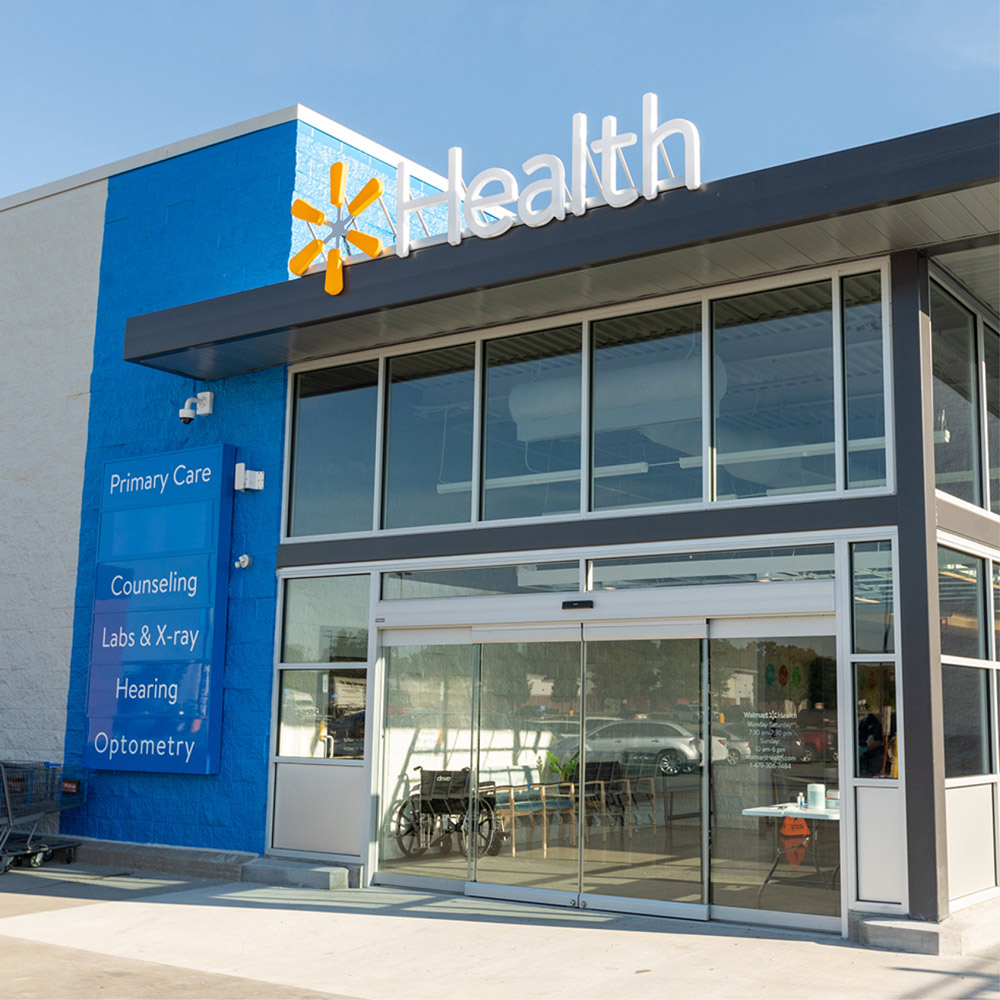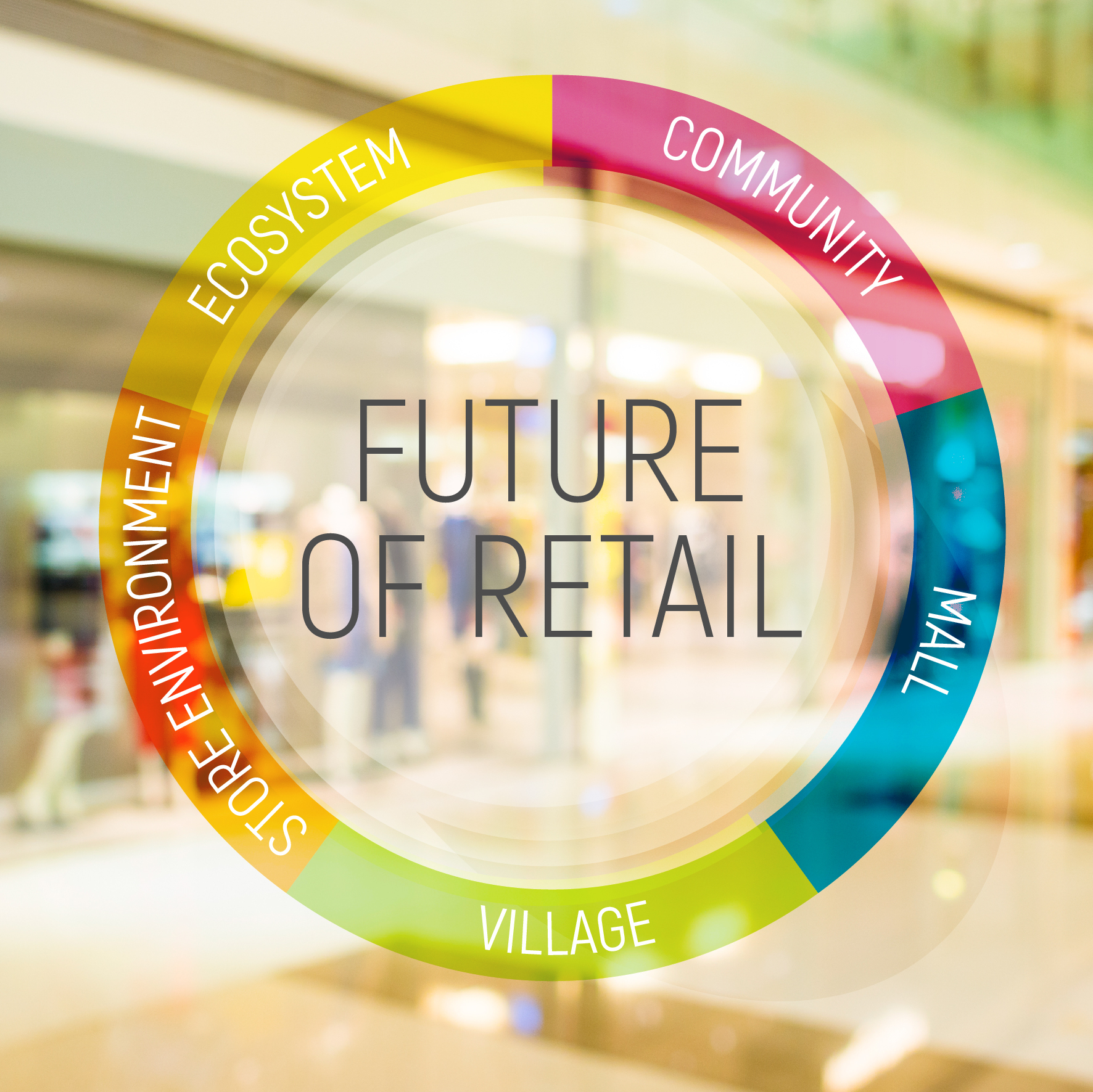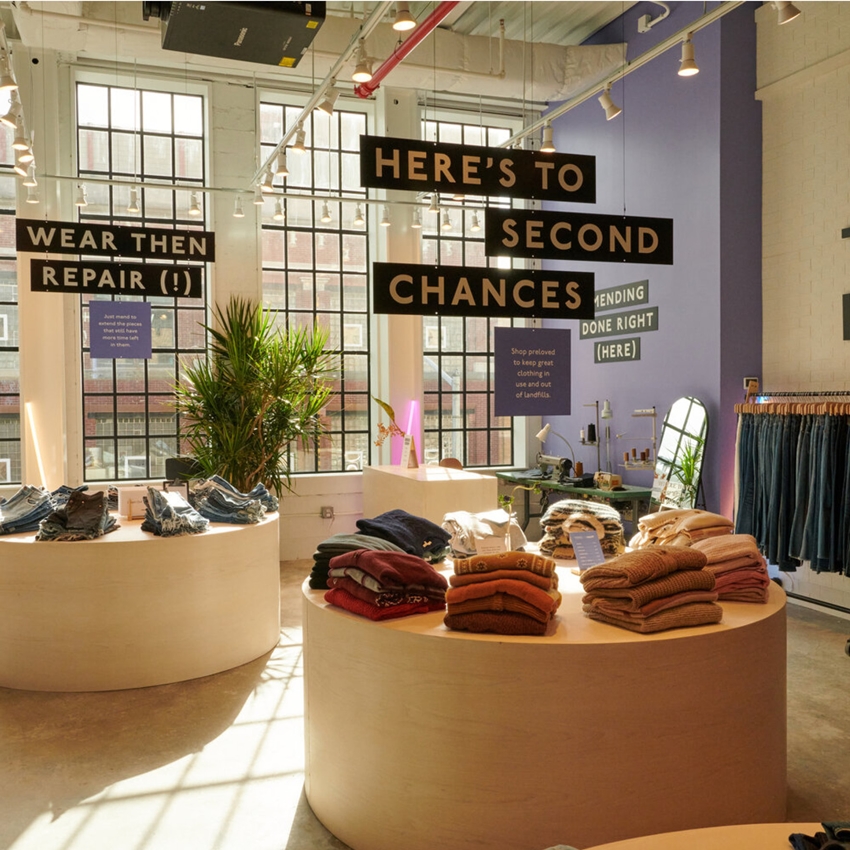Author
Shelley E. Kohan

Retail expert Shelley is a TRR writer, Associate Professor FIT, podcast host RetailUnwrapped, and senior contributor at Forbes.com. She is a Top 100 Global Retail Influencer, professor, podcaster, retail pundit, and speaker. Having grown up in Japan, Iran, Germany, and the U.S. Shelley has a unique perspective on people and places. Led by curiosity and a genuine interest in learning, she sees herself as a retail warrior with an insatiable passion for the industry. She literally eats, drinks, and sleeps retail.
Generation Alpha Comes of Age in the Workforce
Shelley E. Kohan
March 26, 2024
Read on to learn how generative AI and the fact that Generation Alpha has now come of age are heralding unprecedented changes in the workforce.
Read More →
Fashion Specialty Stores Caught in a Squeeze Play
Shelley E. Kohan
August 1, 2023
Fashion specialty stores are caught in a squeeze play. Blame it on the democratization of fashion. But there’s also the proliferation of ecommerce with over ...
Read More →
Retail Healthcare Expands
Shelley E. Kohan
July 10, 2023
Well-being is more than a slogan. It’s becoming a consumer mandate for convenient, affordable care. Healthcare providers have responded with a range of options. On ...
Read More →
Gender-Fluid Fashion Goes Mainstream
Shelley E. Kohan
May 1, 2023
These days some retailers find themselves being unwittingly thrown into the political and human rights arena. If a retailer decides to carry merchandise that is ...
Read More →
Reimagining Retail’s Future
Shelley E. Kohan
December 4, 2022
The future of retail will be shaped by a hybrid shopping model based on the new normal of highly interconnected experiences that serve specific target ...
Read More →
Quiet Quitting Is a Clear Call to Repair Employee Engagement
Shelley E. Kohan
September 25, 2022
Quiet quitting has become a growing phenomenon thanks in part to social media, with TikTok and YouTube among the biggest influencers. But before we embark ...
Read More →
The New Rules of Work
Shelley E. Kohan
August 30, 2022
Striking the right balance between asking workers to return to the office and providing opportunities for work-at-home has become a challenge for corporate retail executives. ...
Read More →
Retail’s Growing Channel…Recommerce
Shelley E. Kohan
May 16, 2022
Although companies have been talking about sustainability and the circular economy for years, and retailers have been trying to make the production process more sustainable, ...
Read More →







